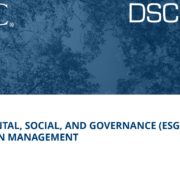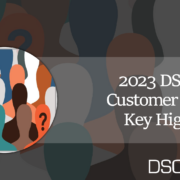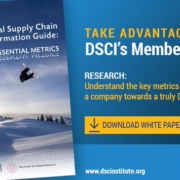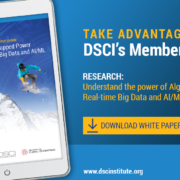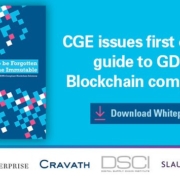Digital Supply Chain Institute (DSCI) member Geno Group Limited has signed a Memorandum of Collaboration (MoC) with ACO Tech and the Malaysia Automotive, Robotics & IoT Institute (MARii) to explore the development of blockchain solutions for Malaysia’s electric vehicle infrastructure.
The three organizations will investigate potential blockchain solutions including smart contracts, digital traceability management of supply chain, tokenomics solutions and privacy protection technologies.
Geno, established in 2022 and headquarter in the United Kingdom, focuses on blockchain-as-a-service (BaaS), providing enterprise solutions applying blockchain or distributed ledge technology (DLT).
Find more on the agreement here.


